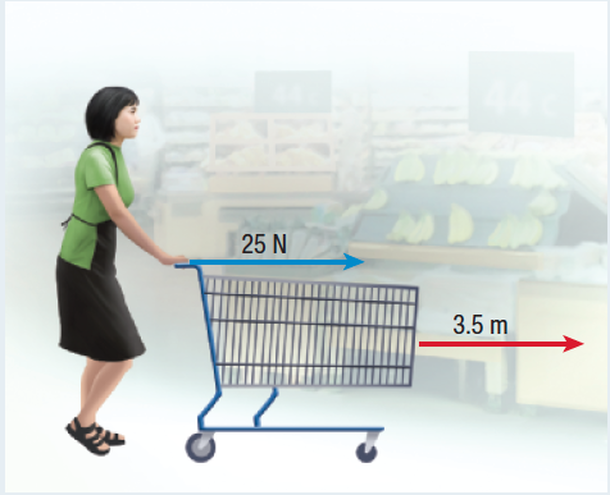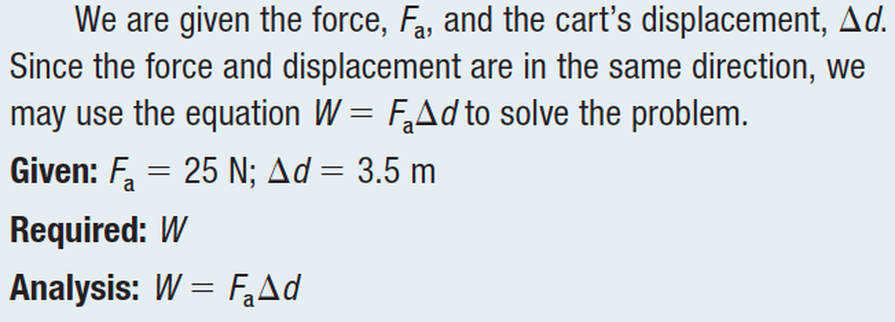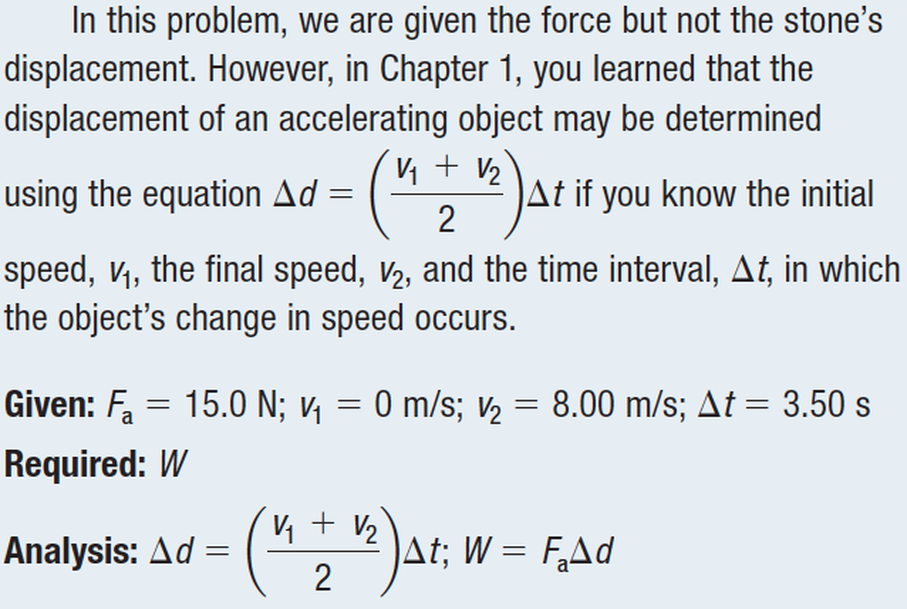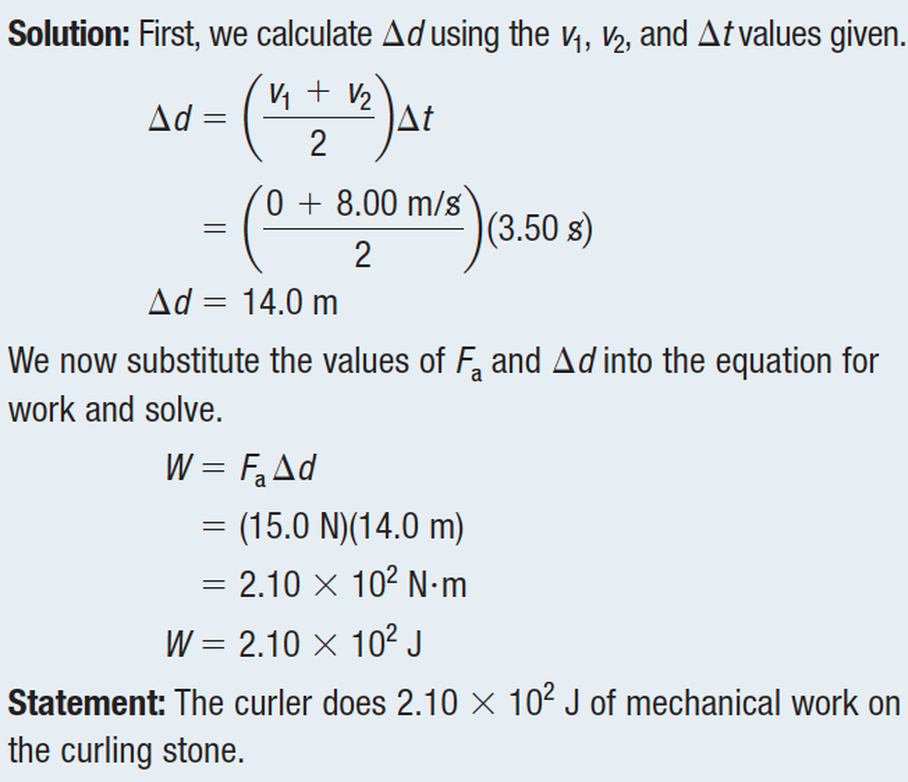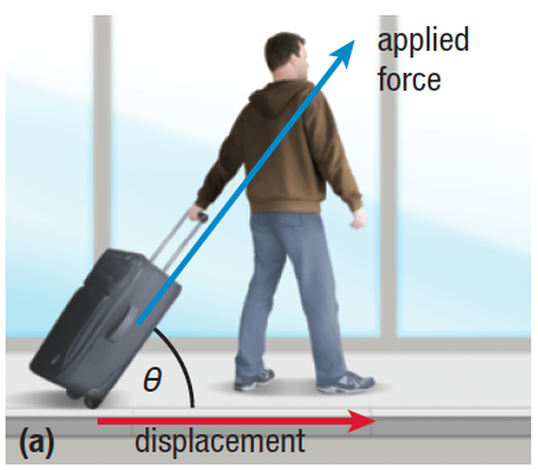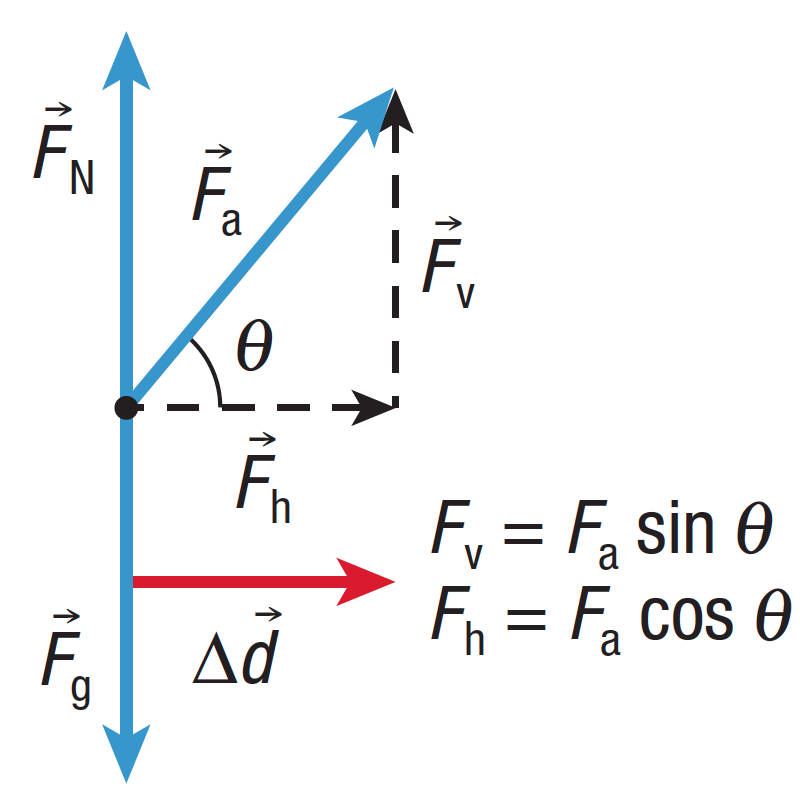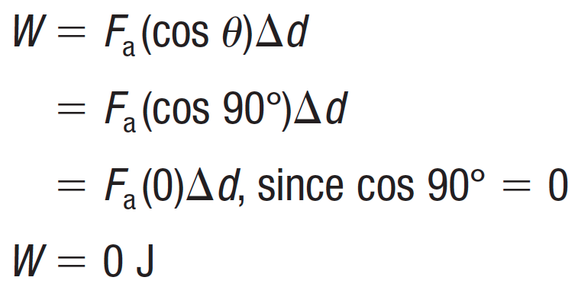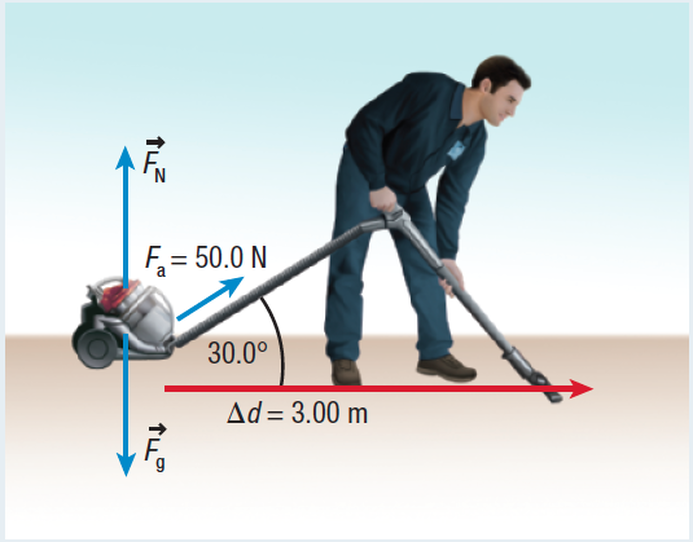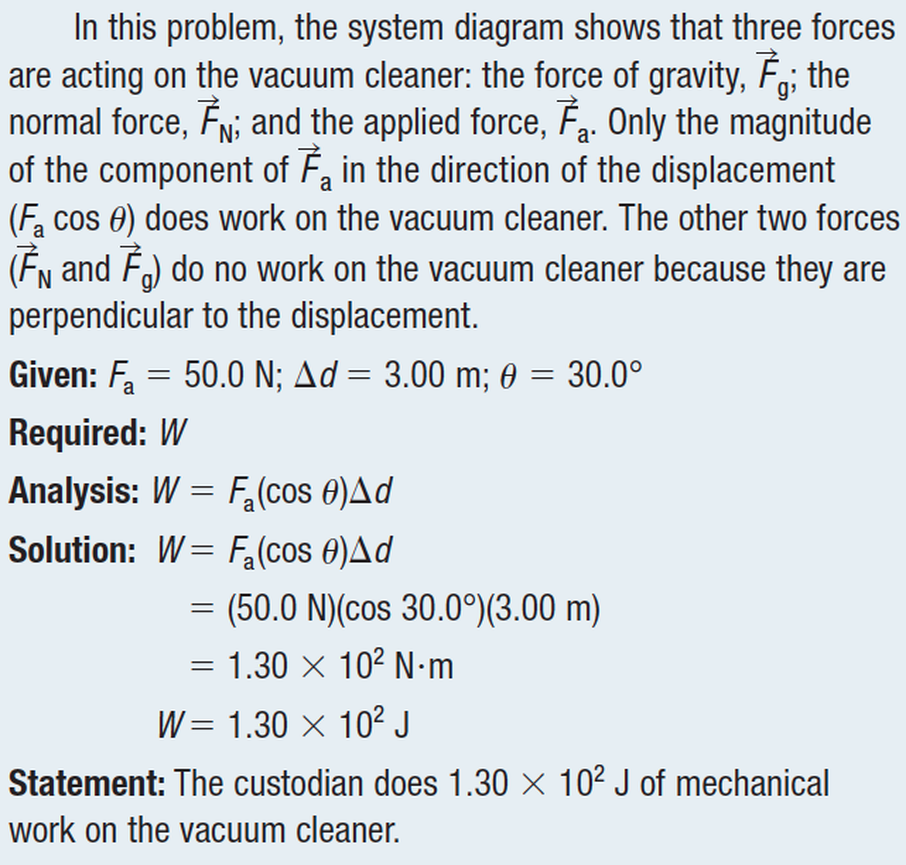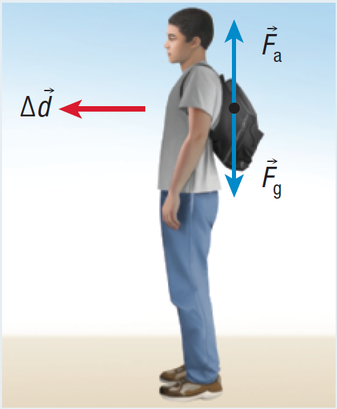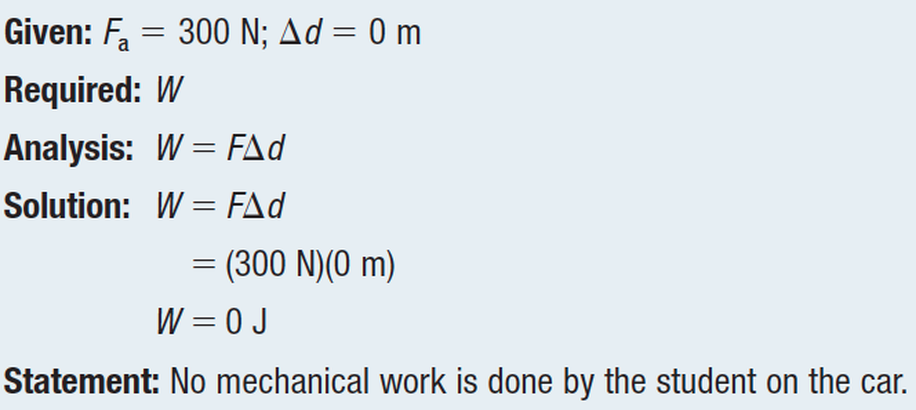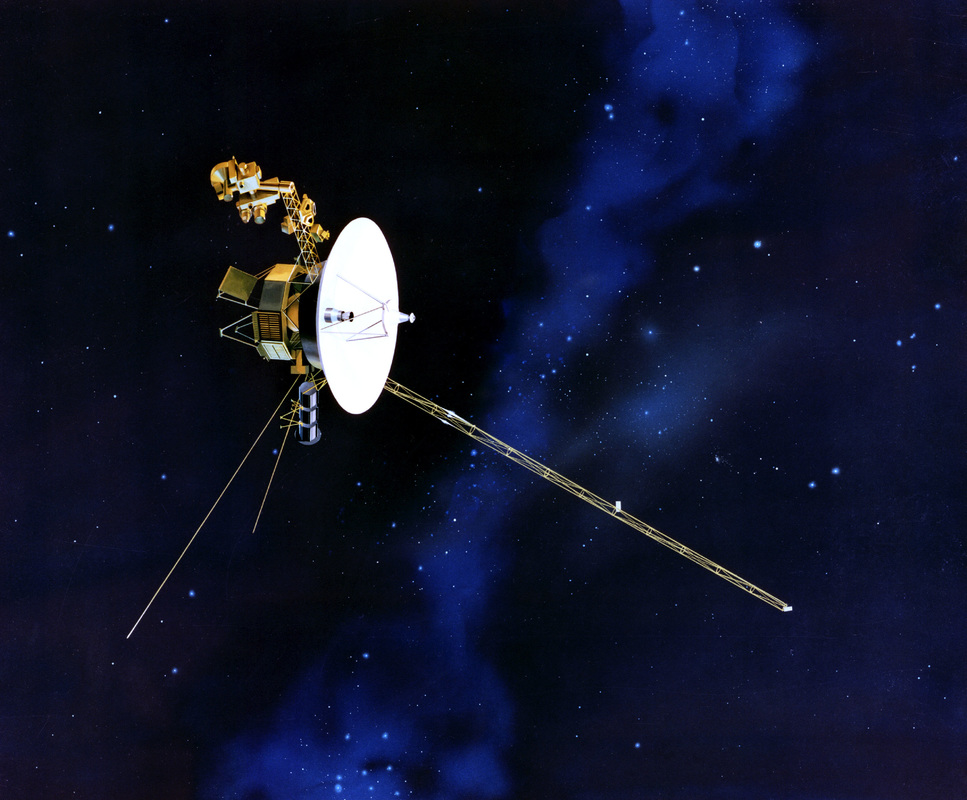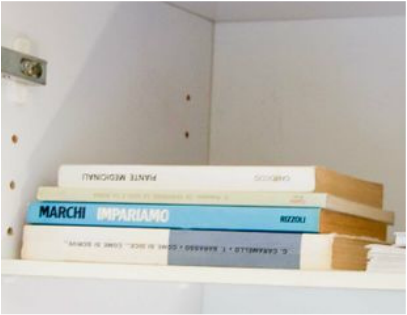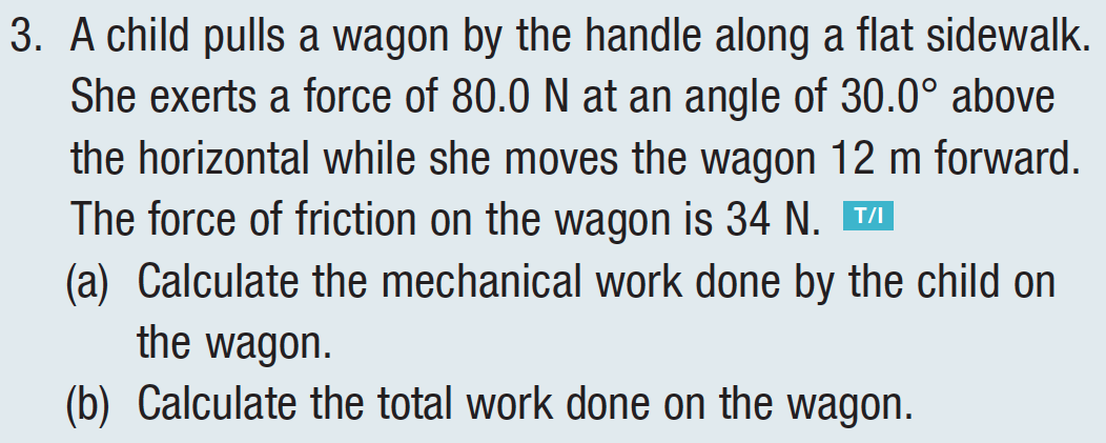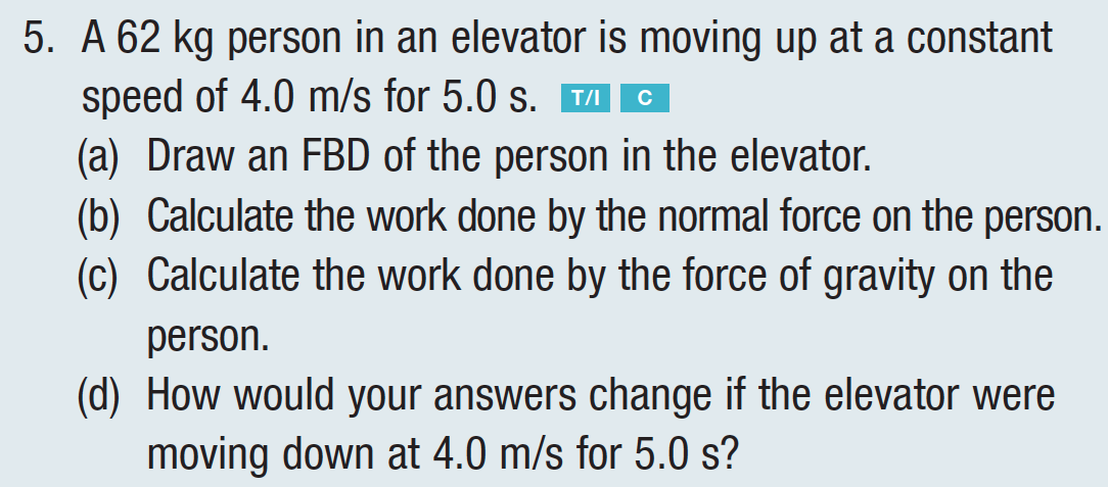Unit C:
Energy & Society
lesson 1:
WORK
Learning Goals:
1. What is Mechanical Work?
2. How to calculate Work done by a Constant Force?
3. How to calculate Work when Force and Displacement are in the Same Direction?
4. How to calculate Work when Force and Displacement are in Different Directions?
5. How to calculate Work when a Force Fails to Displace an Object?
2. How to calculate Work done by a Constant Force?
3. How to calculate Work when Force and Displacement are in the Same Direction?
4. How to calculate Work when Force and Displacement are in Different Directions?
5. How to calculate Work when a Force Fails to Displace an Object?
Cool Physics: Global Warming event?!?
What is Mechanical work?
Work done by a Constant force:
Work done when force and displacement are in the Same direction:
Work done when force and displacement are in Different directions:
For Example:
- an object may experience a force in one direction while the object moves in a different direction
- this occurs when a person pulls on a suitcase with wheels and a handle
- the applied force is directed toward the person’s hips, while the suitcase rolls on the floor in the forward direction
- the applied force is resolved into horizontal (Fh) and vertical (Fv) components
- the applied force vector, Fa, makes an angle θ with the displacement vector
The magnitude of Fh is given by the equation:
Since the horizontal component, Fh, is the only force in the direction of the suitcase’s displacement, it is the only force that causes the suitcase to move along the floor.
Thus, the amount of mechanical work (W) done by Fh on the suitcase may be calculated using the equation:
Thus, the amount of mechanical work (W) done by Fh on the suitcase may be calculated using the equation:
What about the vertical component of Fa?
- Fv does no work on the suitcase because the suitcase is not displaced in the direction of Fv.
- Since Fv is perpendicular to the suitcase’s displacement along the floor:
- Therefore, Fv does no work on the suitcase.
Back to our notes:
Important Principles of Mechanical Work
Important Principles of Mechanical Work
Work done when a force Fails to displace an object:
Quizlet: Lesson 1
Learn all about Work on Quizlet!





